Why are core muscles important?
We answer the question ‘why are core muscles important?’ and reveal the exercises you can do to strengthen them
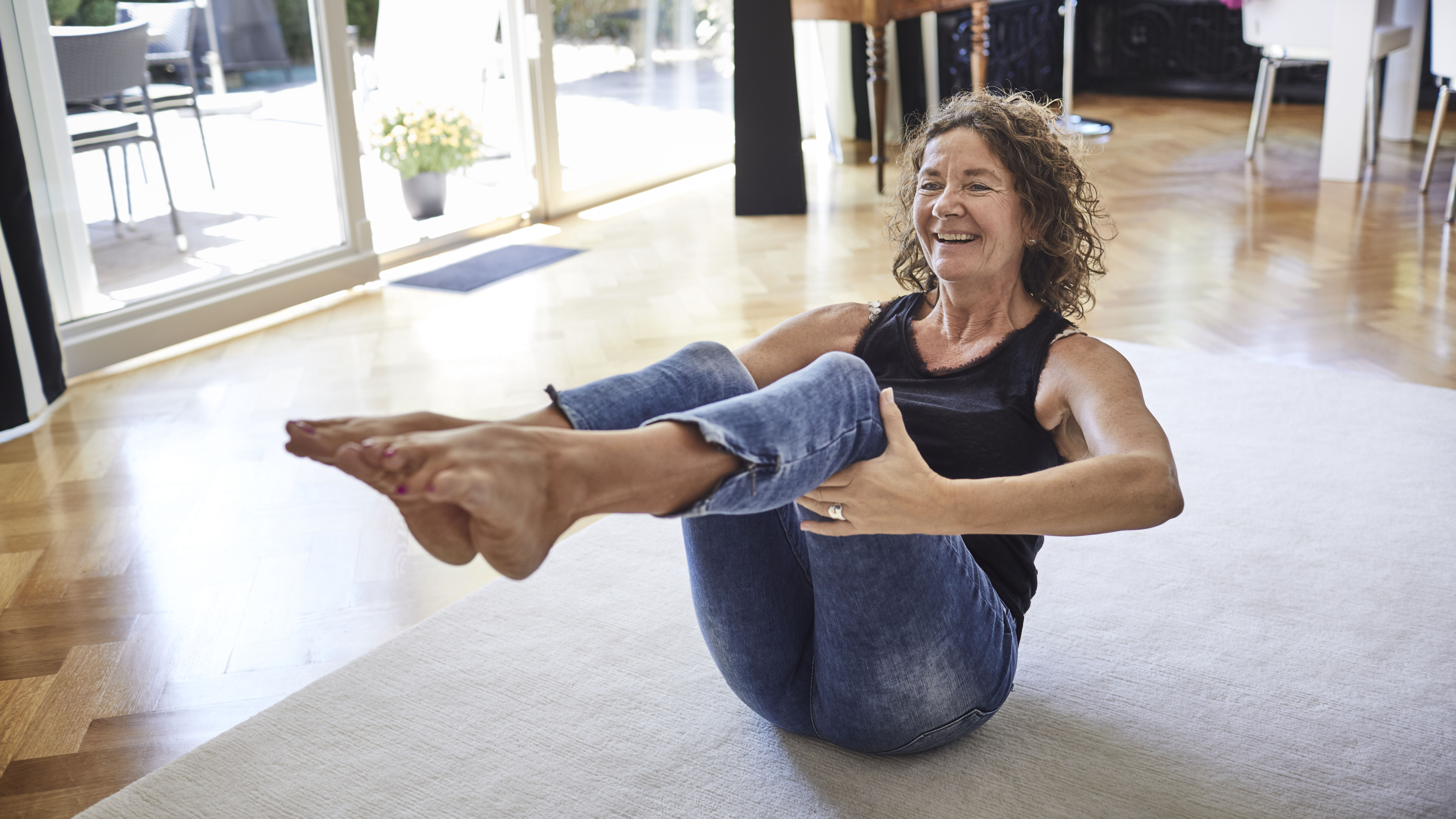
You’ve probably heard fitness professionals discussing the question ‘why are core muscles important?’ From aiding everyday movement to helping us hold Pilates poses, our abdominal muscles play a vital role in helping to stabilize and balance us. Not only that, but a strong core improves our posture and reduces the risk of injury. It’s also a great indicator of overall fitness. We engage our midsection while running and lifting weights, when holding various moves on the best yoga mats, and for activities such as surfing, SUP boarding, golf, and dancing.
There are a few different ways you can strengthen and tone your core. Bodyweight exercises, weighted workouts, Pilates, and yoga can all help you engage these muscles, and equipment such as ab rollers and the best resistance bands can also level up your workout. We even have an article with eight ab roller exercises for you to try, if you're looking for some inspiration.
But, before you hit the internet in search of the best ab rollers and other fitness equipment, understanding your muscle fiber types, why your core muscles are important, and how specific exercises can target them will help you determine the sort of workouts to add to your routine.
What muscles make up the core?
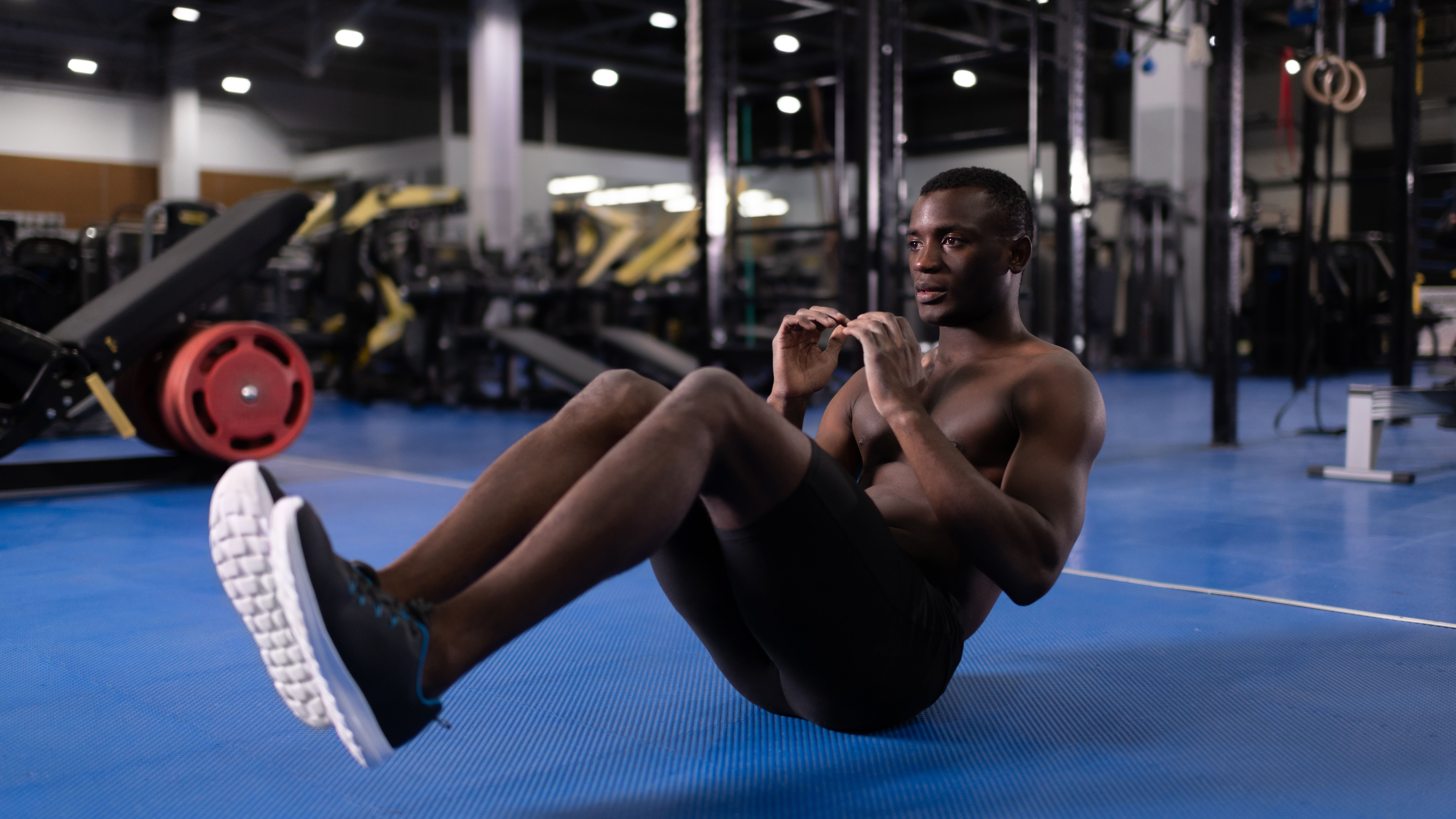
“The core actually comprises many muscles that run along the entire length of the torso, front and back, including the inner thigh, hamstrings, glutes, and pelvic floor,” says posture and movement expert, Ivana Daniell. “They create a natural corset that supports our posture.”
The muscles that make up our core can be engaged individually, which is why a lot of abdominal-focused workouts target different areas.
“Your deepest muscle layer is your transversus abdominis,” says exercise physiologist Hayley Edwards. “This muscle stabilizes your spine and protects your internal organs. Second, you have your rectus abdominis, which is the outer muscle that spans from your ribcage to your pelvic bone and allows for flexion. Then, you have your external and internal oblique muscles, which sit on the outer right and outer left sides of your body. Finally, you have your pyramidalis. This muscle sits low on your pelvis and it supports your pubic bone and other abdominal muscles.”
Signs of a weak core
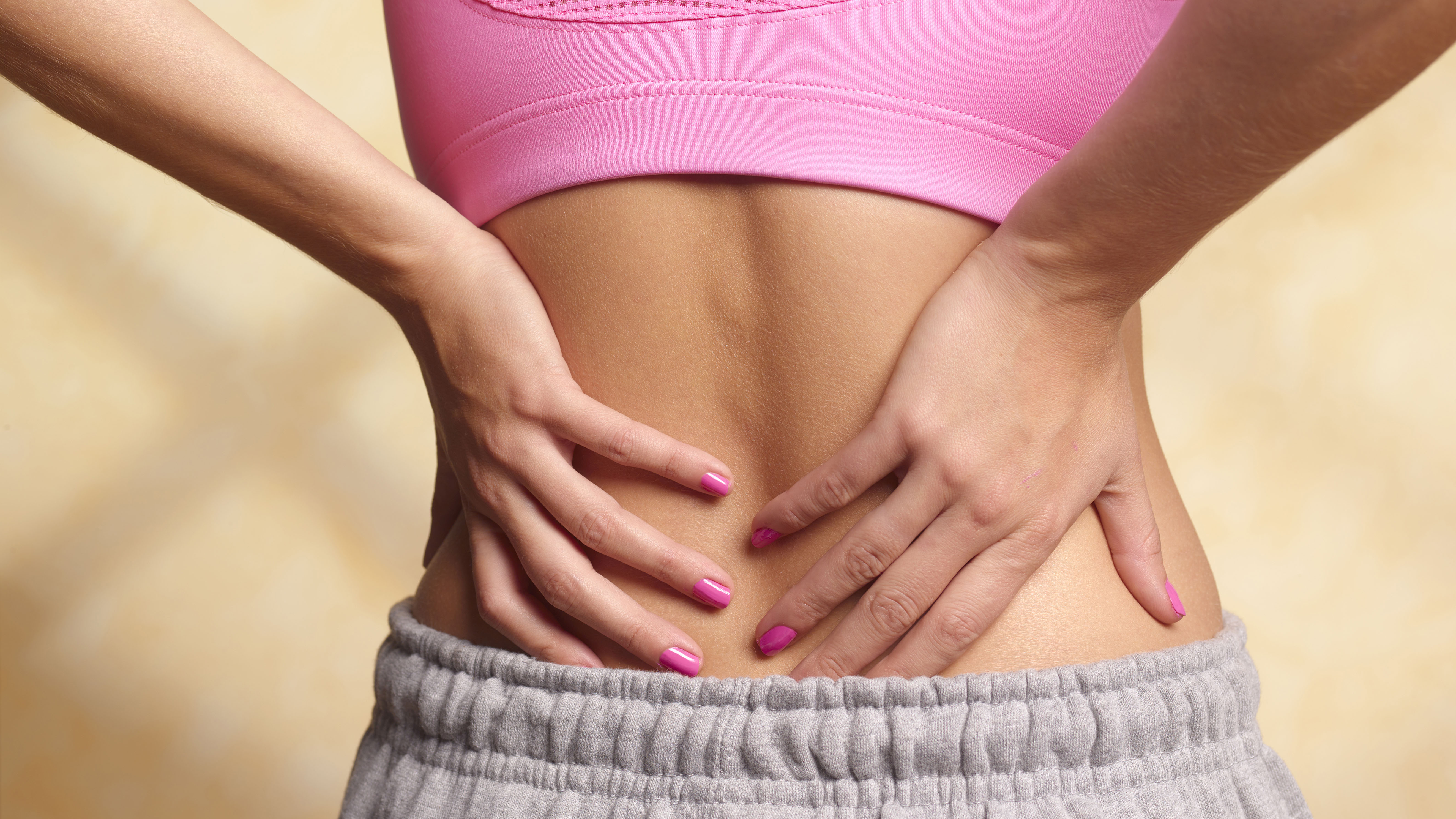
Despite using our core muscles every day, many of us don’t realize how integral they are to injury prevention. A study from the journal of BMC Musculoskeletal Disorders showed that a weak core is associated with chronic low back pain and an increased risk of falling, particularly for older women.
“Most neck and back problems are related to a weak core,” explains Daniell. “Strong, balanced core muscles will help maintain posture and reduce strain on the spine. Training the core muscles also corrects postural imbalances that can lead to injuries.”
A weak core can look like:
- Lower back pain
- Poor posture
- Poor balance
- Difficulty getting up
“The biggest benefit of strengthening the core muscles is to develop functional fitness – which is a type of physical fitness that allows us to go about daily activities with ease,” says Daniell.
How can you work on strengthening your core?
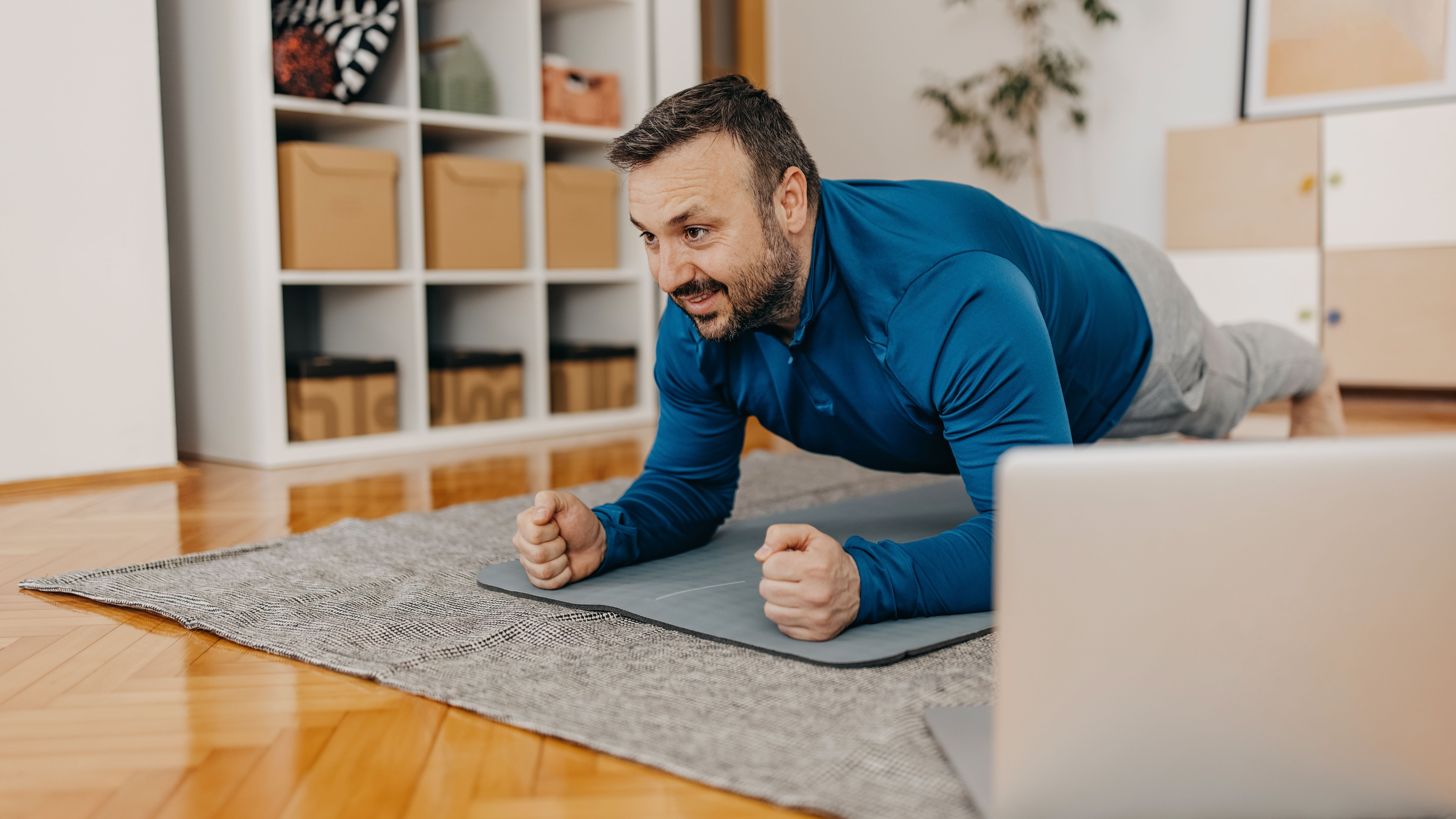
Now we’ve discovered ‘why are core muscles important?’, how do we go about strengthening them?
“The most effective way to build core strength is to target the abdominal muscles directly through relevant isolation exercises,” says PT Tom Opper. “These include crunches, leg raises, and plank exercises. Incorporating larger compound movements that engage the core when using weights, such as squats and deadlifts will also strengthen the core.”
Keeping your abdominal muscles engaged and active during exercises can help stabilize you, particularly during weighted movements, but sometimes isolating certain areas of the abdomen can prove useful.
“For building core strength the plank is one of the best exercises you can do,” says Opper. “Because the plank requires you to hold a straight line from your shoulders to your toes without ‘collapsing’, it engages and strengthens all areas of your core, from your rectus abdominal muscles (front abs) to your obliques (side abs) to your spinal erectors. If you’re doing the plank correctly, it should be challenging. You can also regress the movement by dropping your knees to the floor.”
Another popular core workout is deadbugs. “This is a fantastic exercise for improving your anterior (front) core stability,” says Opper. If we don’t engage our core properly during weighted exercises such as heavy squats, deadlifts or overhead presses, it’s all too easy for the weight to accumulate on the lower back, which can significantly increase your risk of injury as the back hyperextends.”
Finally, it’s important not to neglect your obliques (your side abdominal muscles), which protect the spine while aiding with rotation of the trunk. “There are several exercises that build oblique strength, and incorporating a variety of movements, such as Russian Twists and Side Bends, is important for building a strong, well-rounded core,” says Opper.
Exercises that strengthen the core
“A strong core is a sign of good overall health and is also crucial for preventing injury, particularly as we age,” says performance coach Arj Thiruchelvam. “The following exercises can help you strengthen the different areas of your core by engaging different abdominal muscles.”
The 90º Static Hold
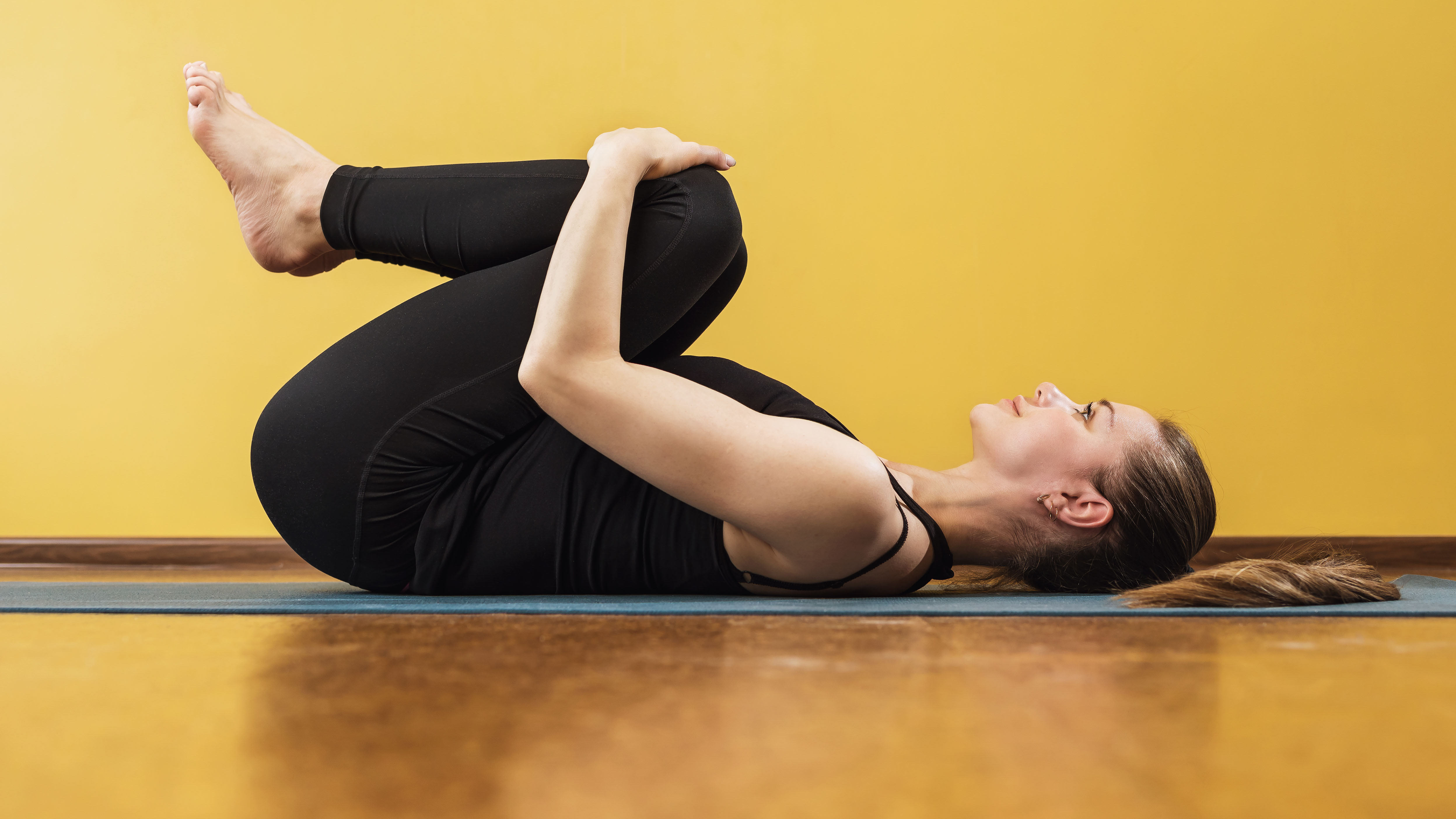
This is a tough isometric exercise. Lying on your back, lift your knees up to 90º and place your hands on your knees. The idea is to push as hard as you can into your knees while your legs resist. You are aiming to create an equilibrium, where no movement occurs. Be sure to push as hard as you can. Perform three sets, holding each one for 20 seconds.
Dead bugs
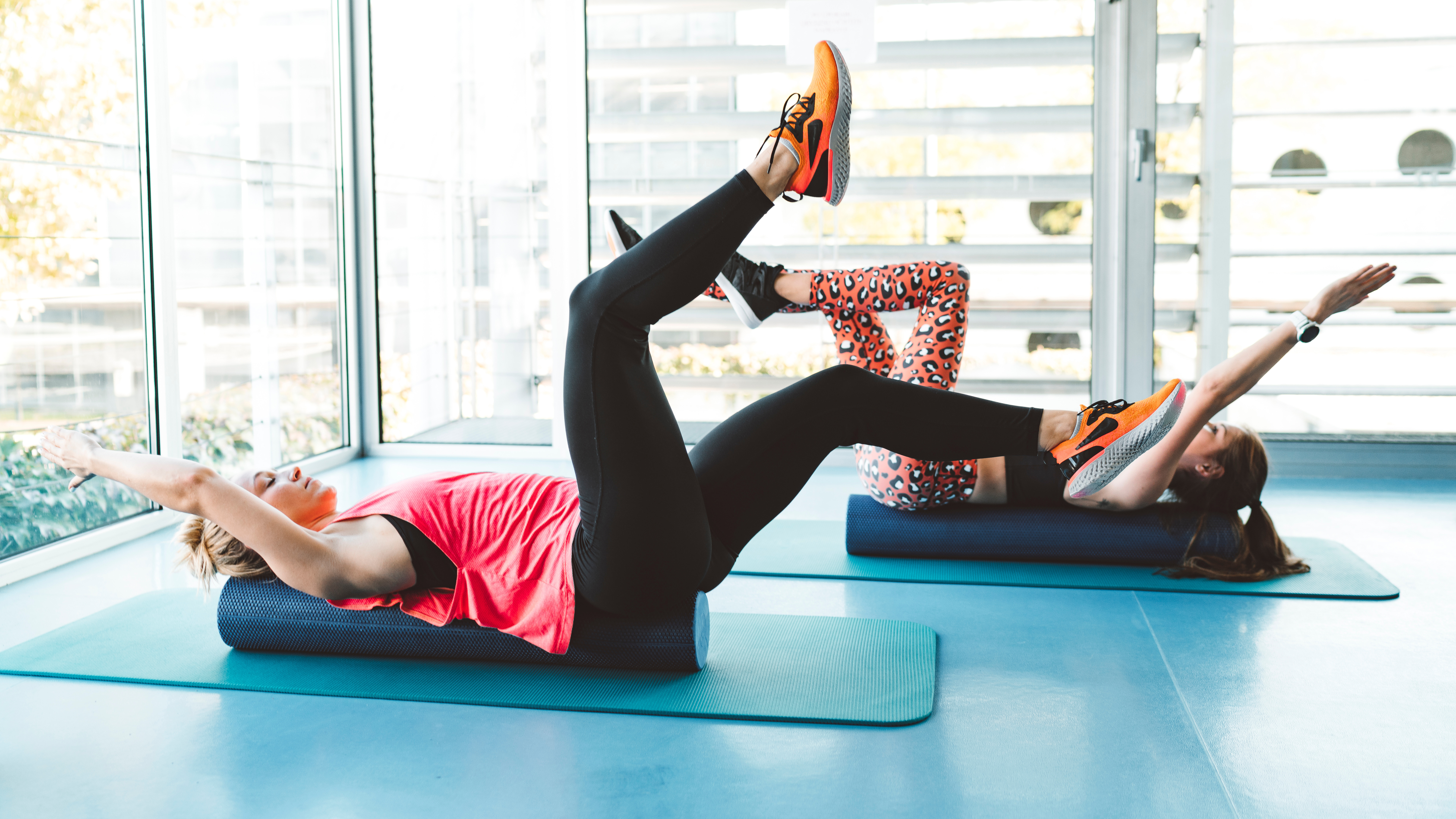
This is an exercise for functional and athletic health. Start by laying on your back with your knees in the air, bent in a 90 degree position so that your lower legs are parallel to the floor. Your arms should be pointing up to the ceiling.
Slowly lower one leg to the floor, so it's hovering just above the ground. At the same time, lower your arm over your head so it's also hovering just above the floor. Return your limbs to the original position then do the same movement with the opposite arm and leg.
Keep your lower back in contact with the floor at all times. Go for three sets of 30 seconds.
Barbell Oblique Crunches
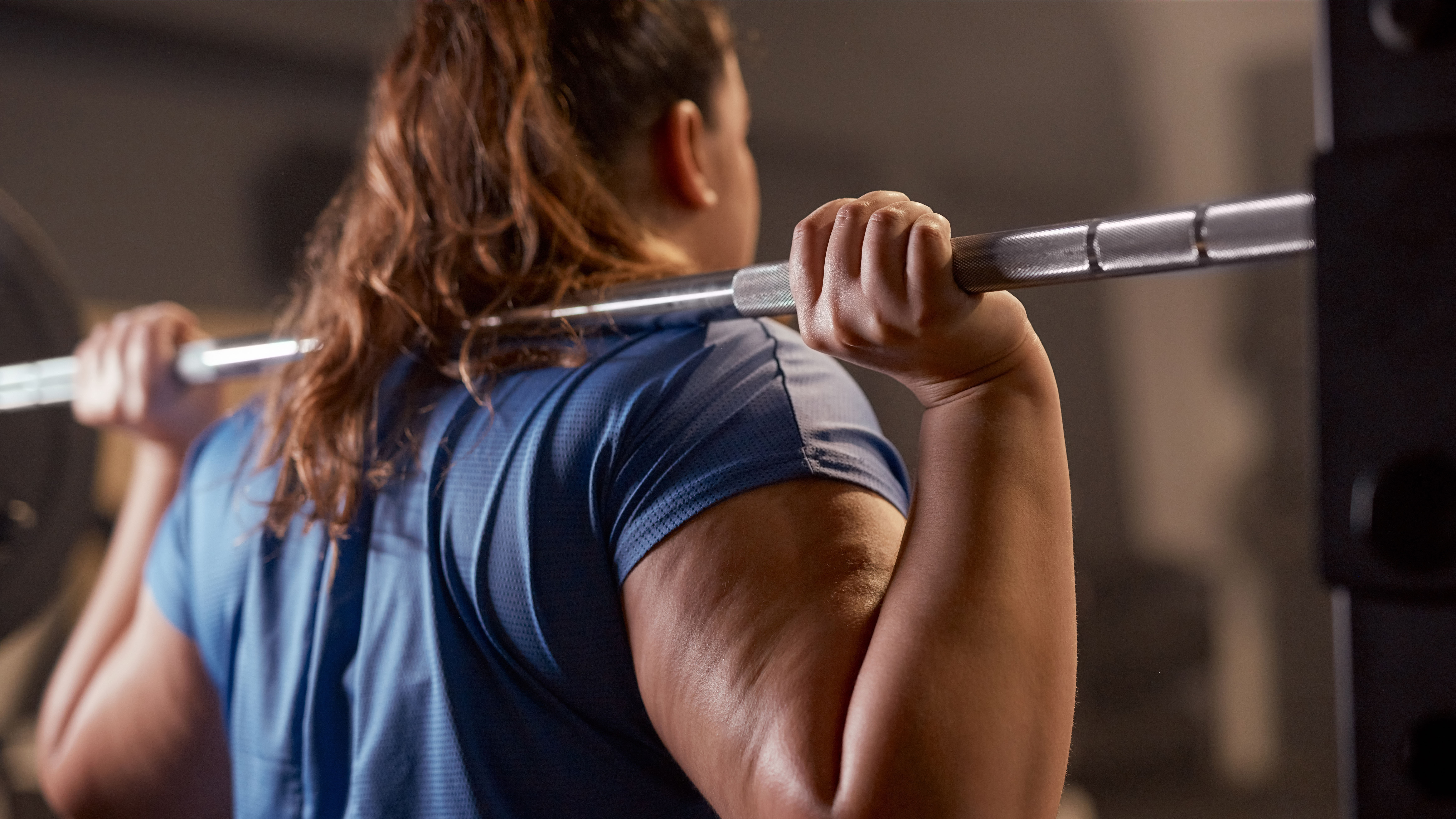
This helps develop abdominal lines, known as the oblique muscles. Stand tall with a barbell across the top of your back muscles. Perform a standing side crunch, and alternate the sides you drop to. As you become more confident, crunch lower and increase the weight of the barbell you use. It’s very important to maintain a straight line with your back. Rounding or arching can cause injury. Try three sets of 16 repetitions.
How many times a week should I do core exercises?
“Typically, I recommend working on core-strengthening exercises two to three times a week, although this may need to be adjusted in line with your tolerance, training history, or individual needs,” says Opper. “If you’re already following a balanced resistance (weight) training program that incorporates a variety of compound movements, you rarely need to devote a specific session to core work. Instead, you can include core exercises towards the end of your workout as a finisher, or as a ‘filler’ between sets of other exercises, which offers the added benefit of helping you to ‘feel’ your core throughout your session.”
Further reading
Sign up for the Live Science daily newsletter now
Get the world’s most fascinating discoveries delivered straight to your inbox.
Stacey Carter is a Freelance Health Writer who has written print features and digital content for titles such as Woman & Home, Natural Health, Women’s Health, Get The Gloss, and Stylist. You'll find her covering a wide variety of health-based topics, talking to leading figures in the fitness industry, and investigating the latest trends in wellness. When she’s not at her laptop, weekend hikes, testing out new recipes in the kitchen and LISS-style workouts are her favourite ways to switch off.











